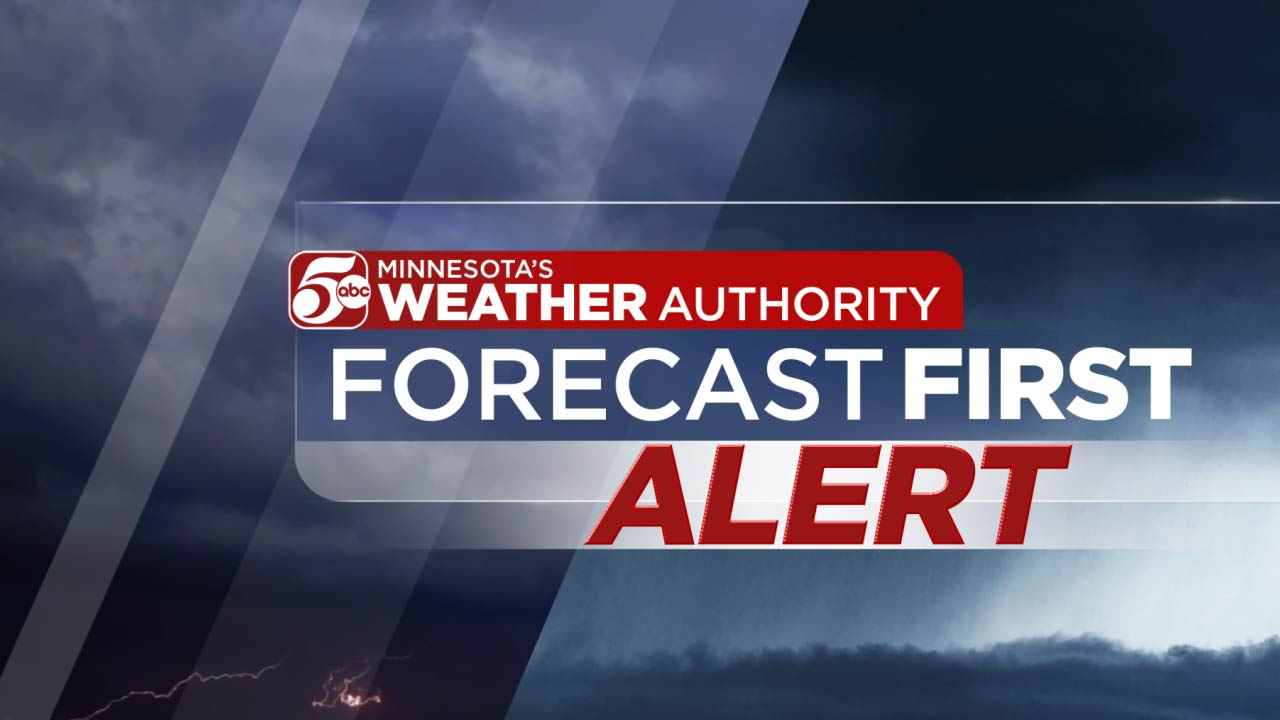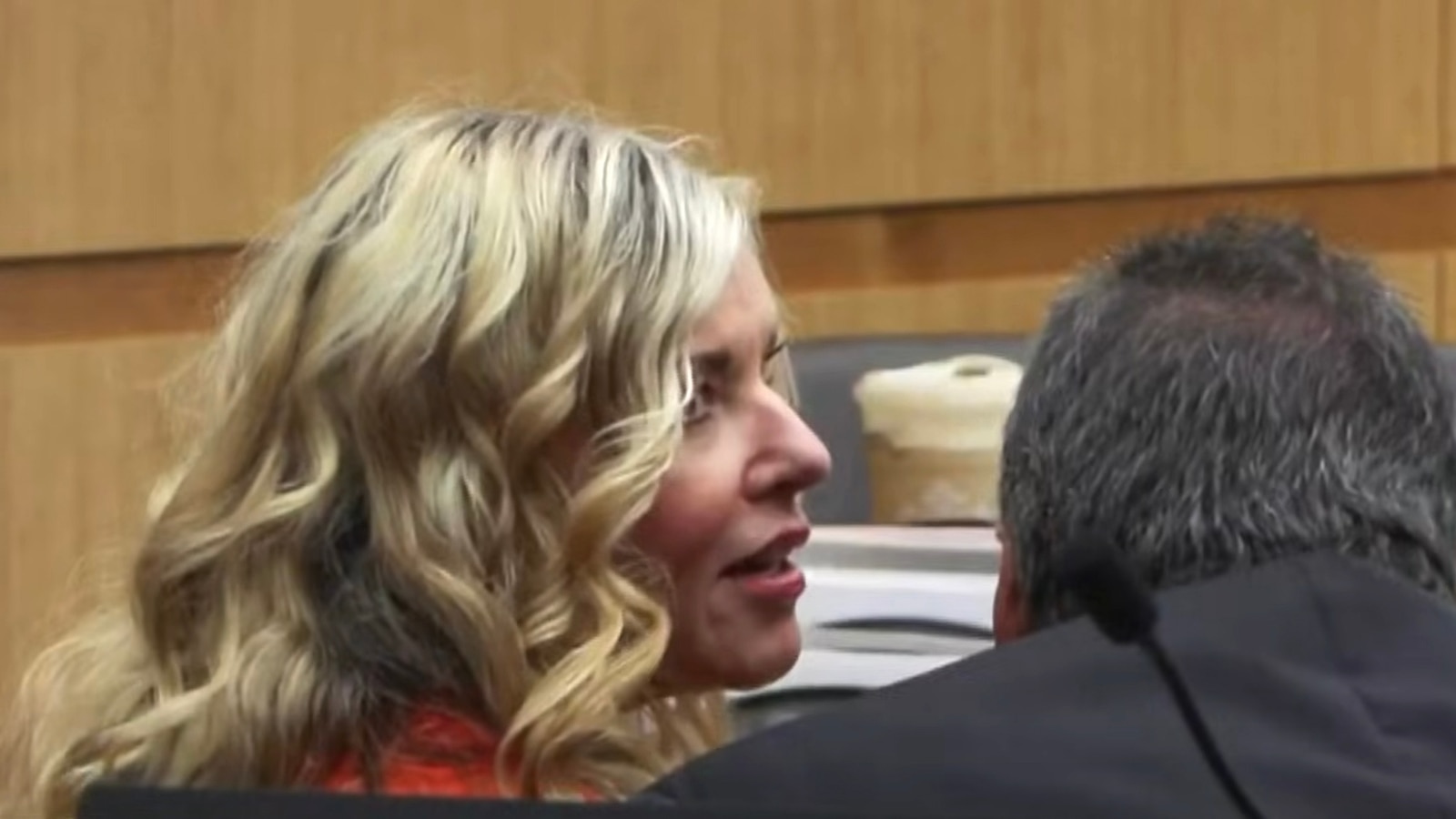What Happened
On Monday, June 16, 2025, the Minneapolis area and surrounding regions were placed under a tornado watch as severe weather conditions developed across Minnesota. The National Weather Service (NWS) issued the watch at approximately 2:52 PM CDT, indicating that conditions were favorable for the formation of tornadoes. This watch encompassed over 20 counties in central Minnesota, including the Twin Cities area, and extended into parts of western Wisconsin. The severe weather was characterized by the potential for large hail, damaging winds, and the possibility of tornadoes, particularly in the western and southwestern parts of the state.
Meteorologists noted that a line of storms was expected to move through the Twin Cities between 4:00 PM and 7:00 PM, with initial storms already affecting the area around midday. While some storms were forecasted to weaken, the potential for severe weather remained significant as the day progressed. Residents were advised to stay informed about weather updates and to have a safety plan in place for the evening commute.
Key Details
- Tornado Watch Issued: The NWS issued a tornado watch for the Twin Cities and surrounding areas, effective until 9 PM CDT.
- Affected Areas: The watch included counties such as Anoka, Hennepin, Dakota, and Ramsey in Minnesota, as well as St. Croix, Pierce, and Polk counties in Wisconsin.
- Severe Weather Risks: The forecast indicated risks of severe thunderstorms, including large hail, strong winds, and potential tornadoes, especially in western Minnesota.
- Timing: Storms were expected to develop in the afternoon, with a significant line of storms anticipated to impact the Twin Cities between 4:00 PM and 7:00 PM.
- Meteorological Conditions: High temperatures in the low to mid-80s were expected during the work week, with a potential increase to the low 90s by the weekend, contributing to the instability in the atmosphere conducive to severe weather.
Multiple Perspectives
Meteorologists and weather experts from different news outlets provided similar assessments regarding the potential for severe weather. KSTP’s Meteorologist Matt Serwe emphasized the need for residents to stay informed and prepared for severe weather conditions, particularly during the evening commute. Meanwhile, CBS Minnesota reported on the ongoing tornado watch and highlighted the immediate risks posed by the severe weather system moving through the region.
While there is consensus on the potential for severe weather, some meteorologists expressed caution about the unpredictability of storm systems. The NWS noted that while conditions were favorable for severe storms, the exact intensity and impact of these storms could vary, and it was still too early to determine if earlier storms would diminish the severe potential later in the day.
Context & Background
Severe weather, including tornadoes, is not uncommon in Minnesota, particularly during the spring and summer months when atmospheric conditions are conducive to storm development. The state’s geography and climate can lead to rapid changes in weather patterns, making it essential for residents to remain vigilant during severe weather alerts. The issuance of a tornado watch signifies that conditions are ripe for tornado formation, while a tornado warning would indicate that a tornado has been sighted or indicated by radar, requiring immediate action for safety.
The public’s response to severe weather warnings is critical, as timely action can save lives. The NWS recommends that individuals have a safety plan in place, including identifying safe locations such as basements or interior rooms away from windows. The importance of preparedness is underscored by past severe weather events in the region, which have resulted in significant damage and loss of life.
What We Don’t Know Yet
As of the latest reports, the full extent of the severe weather’s impact on the Minneapolis area remains uncertain. While a tornado watch has been issued, it does not guarantee that tornadoes will occur. The potential for severe storms may lead to localized flooding, damaging winds, and hail, but the specific outcomes will depend on how the weather system evolves throughout the day.
Additionally, the effectiveness of public response to the warnings and the preparedness of residents will play a significant role in mitigating risks associated with severe weather. Ongoing updates from the NWS and local meteorologists will continue to provide critical information as the situation develops, but uncertainties regarding the timing and severity of storms will persist until they occur.
In summary, while the potential for severe weather in Minneapolis is significant, the situation remains fluid, and residents are encouraged to stay informed and prepared as conditions evolve.


